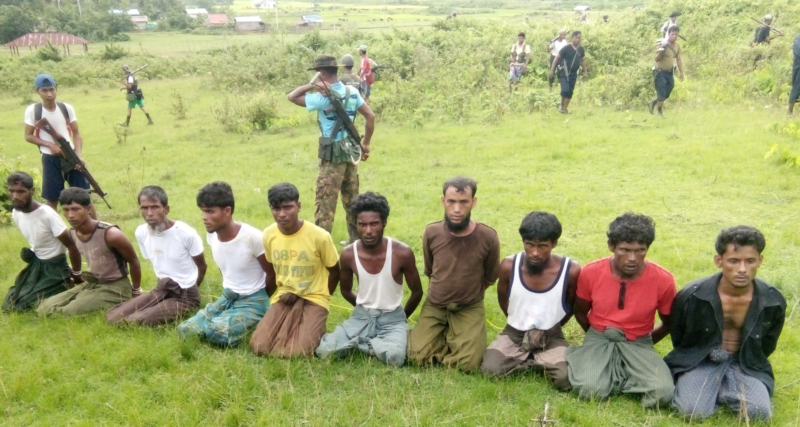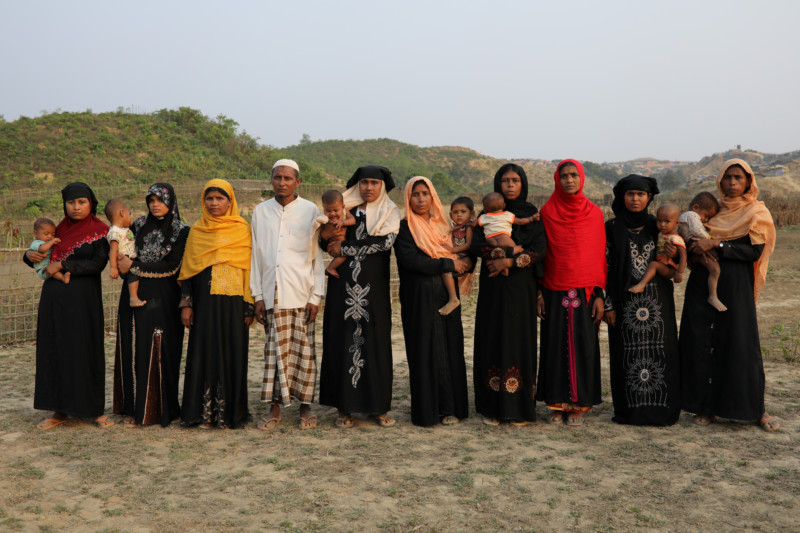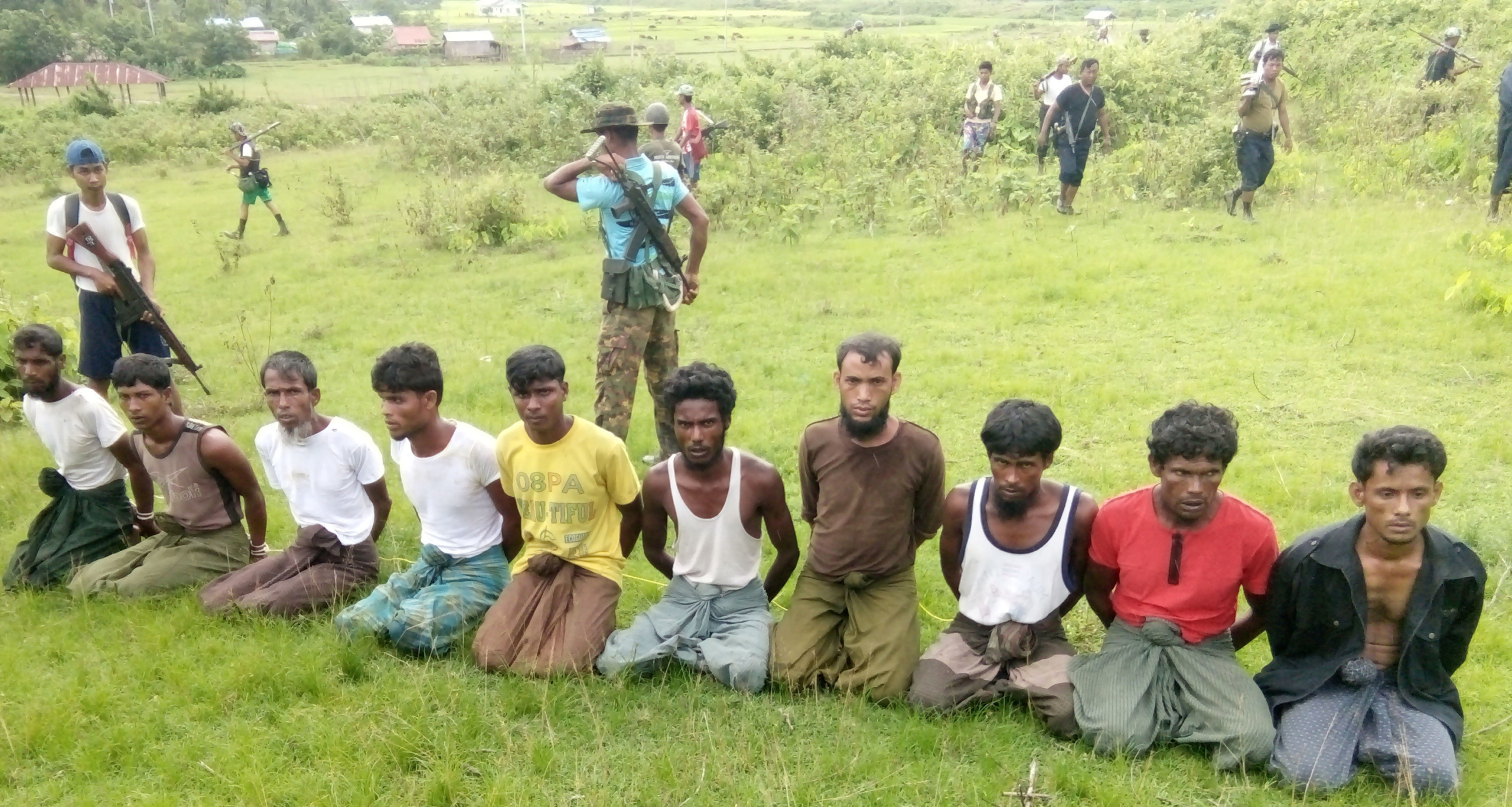EVER SINCE THE ARRIVAL of video as a news medium, commentators have pronounced the still news photograph obsolete. Susan Sontag led the way in 1977. She considered photojournalism dead. “The vast photographic catalogue of misery and injustice throughout the world has given everyone a certain familiarity with atrocity, making the horrible seem more ordinary—making it appear familiar, remote (‘it’s only a photograph’), inevitable.” James Lever, in the 2018 spring-summer issue of the engaging Oxford arts magazine Areté, similarly disdains the still photograph and exalts the smart phone. “The photograph seems to bespeak a deep nostalgia for the diminishing 20th century idea of photojournalism itself, that discipline that once considered itself an unacknowledged legislator capable of authoritative intervention in public affairs.”
Every decade since Sontag’s verdict, replenished by Lever, proves the death of photojournalism to have been greatly exaggerated, a truth celebrated in the vitality and relevance of the thousands of distinctive photographs today online and in print that give so much deliberative angst to the judges in all journalism’s prize competitions. The Pulitzer jurists in April awarded two prizes in photography: one to Ryan Kelly for capturing the impact of a car driven into people protesting neo-Nazi rioters in Charlottesville, Virginia; and one to Reuters for its coverage of Myanmar’s expulsion of the Rohingya. Reuters also won for international reporting on the Philippine drug war, the first time it has won two Pulitzers in a single year.
Still to be recognized for their distinction are the two photographs Reuters published after the date for submissions. The first, taken before the massacre of 10 Rohingya men in the village of Inn Din, shows them bound and kneeling to be shot or hacked to death. It was taken by an unknown photographer and handed to a Reuters reporter on the scene in the destroyed Rakhine village of Inn Din in February. The second is a Reuters photograph of a group of the bereaved families who had fled to Bangladesh. Together, they push the boundaries of photojournalism. Together, they rebut the idea that the still image deludes the mind and deadens the emotions.

Above, 10 Rohingya Muslim men with their hands bound kneel as members of the Myanmar security forces stand guard in Inn Din village September 2, 2017. Below, relatives of the 10 men killed by Myanmar security forces and Buddhist villagers pose for a group photo in Cox’s Bazar, Bangladesh, March 23, 2018. Bottom photo by Mohammad Ponir Hossain; both photos provided courtesy of Reuters, which identifies each man in its “After the Massacre” investigation.

The picture of the kneeling men is shocking, the second apparently innocuous, but it is the two together that reverberate with extraordinary power. When an addition transforms an equation, economists call it the multiplier effect. We flinch on seeing the doomed 10. The very sight of them inflicts a moral injury on the conscience of the viewer, to adopt the diagnostic term of Anthony Feinstein, professor of psychiatry at the University of Toronto, who has studied the reactions of journalists to violence. The addition of the photograph of surviving relatives multiplies the horror of the atrocity; so, here in that one group photograph are the enduring human consequences of murder most foul. Here is heartache, here are the broken families haunted by nightmares of loved ones braced to die, here are the widows racked with grief and anxiety, here is the one surviving father who will not see his dreams for a cherished son, here are the babies who will never know their fathers.
Myanmar’s contention is that it launched a military campaign in August 2017 to suppress attacks by Rohingya insurgents in Rakhine State. The Rohingya are commonly called “Bengali” in Myanmar, a term of abuse for the 1.1 million Muslims in Rakhine despised by the nationalists among Myanmar’s 89 percent majority Buddhists. According to Doctors Without Borders, at least 9,000 Rohingya died between August 25 and September 24 last year, with about 70 percent of the deaths caused by violence. The authorities, flying in the face of the long history of Rohingya, condemn them as stateless infiltrators. (In April, the military said it had punished seven of its soldiers identified in the massacre with 10 years hard labor in a remote prison.)
The picture of the kneeling men is shocking, the second apparently innocuous, but it is the two together that reverberate with extraordinary power
The intense human qualities of the family group photograph depend on its association with the massacre. It would not, by itself, qualify for Henri Cartier-Bresson’s term, “the decisive moment,” because his emphasis was on a visual climax, the organic coordination of shapes, lines and values, on patterns that vanish on hesitation. The term became a commonplace of photojournalism, and was redefined to mean a dramatic rather than a visual climax, a story rather than a picture. After talking with Cartier-Bresson in Paris in the 1970s, I had the nerve to advocate reserving his “decisive moment” for the relatively few occasions when the photographer captures a news or symbolic moment that is also a visual moment, the fractional element of time when decisive content in news is indisputably synthesized with meaningful form.
Think of Joe Rosenthal on Mount Suribachi, Iwo Jima, on the morning of February 23, 1945. Awed by the sight of five Marines and a navy medical corpsman struggling to plant the stars and stripes ruffled by the wind in the moment of triumph, Joe swung his camera and secured a picture at 1/400th of a second set between f8 and f11. He didn’t know he had it. No genius could have posed the picture if he had spent a year in a studio with lights and a wind machine. Joe did take a number of other posed pictures. For his third shot he got the soldiers together and had them wave and cheer under the flag. That was a news moment, but its geometry was unmemorable. If it had been the only picture of the victory, it could have been hailed as a news moment but not a decisive moment. It leaves no memorable impression.
A single news photograph is more likely to become iconic if geometry organizes the emotions. It has affinity with the way we remember. Pause here for a nanosecond to summon to our mind’s eye the equilibrium in the Reuters image—a 2017 Pulitzer finalist—of the national agitation after Baton Rouge police fatally shot an African-American man resisting arrest for flogging DVDs. Jonathan Bachman’s photograph is the epitome of peaceful protest. Two cops in riot gear of visored helmets, big boots and full body armor rush to arrest Ieshia Evans, a slim 35-year-old in a sleeveless frock. Her cool stare, we surmise, makes the cops fractionally recoil.
Another blink and the association of ideas takes me instantly to Beijing’s Tiananmen Square in 1989, and now I am looking at the image of a lone protester standing against the gun barrel of a tank (Jeff Widener, AP). Blink and zip to the joyous tumult of Times Square on VJ Day 1945, and share the exuberance of a sailor’s random kiss for a stranger, a forever famous nurse in white (Alfred Eisenstaedt). I see these not as cinematic clips but each as a single scene because in our mind’s eye we cannot persuade the retina to be a cinema screen for a movie. The moving image can inform and excite but its trajectory cannot easily be recalled to mind.
So many still images of such variety and over so many decades, yet something is routinely missing in the news honor galleries: a whole category of photojournalism represented by the fusion of the two photographs of 10 doomed men and 10 surviving families. The godfather of photojournalism, the innovative Hungarian Stefan Lorant, made silent films, and then embraced the idea of sequence for photo stills (incubated in his three months as Hitler’s involuntary guest in a Berlin prison, lucky to escape the Holocaust). Lorant invented coupling, the juxtaposition of two different photos, to make a point. The first expressions were jokes—a portrait of Neville Chamberlain next to a portrait of a dozy llama; a flinty portrait of Rockefeller at 97 next to a beatific Hungarian peasant of 97. He labeled this sequence poverty and riches. More sophisticated images were in the development tank.
Wilson Hicks of Life magazine dubbed Lorant’s idea “the third effect.” “When two pictures are brought together, their individual effects are combined and enhanced by the reader’s interpretive and evaluative reaction.” That is exactly the virtue of the two Reuters photographs, the first of the 10 doomed men, the second of the formal group of their loved ones. By itself, the family group photograph is not strictly a decisive moment, but the two together qualify.
To dedicate weeks to the finding, identifying, and photographing of the group of bereaved relatives was inspired. And to present them linked graphically to their sons, husbands, and fathers cannot but move us to tears and outrage.
Formal group photographs rarely feature among prizes. David King’s collation of commissars rubbed out by Stalin from once comradely photographs is a notable exception and so are the survivors of the Inn Din massacre. It is surprising that such dramatic coupling has been pretty well abandoned by photo editors when it may offer corroboration as well as comprehension. The Russian ambassador to Turkey lies dead in an apparently empty art gallery at the feet of a screaming off-duty Turkish policeman with murder in his heart and a pistol brandished in his raised hand. How did he get away with it? We do not see a crowd scattered in a panic. The photograph of eight or nine people in a corner huddling together in fear was discarded. Coupled or isolated, it would have completed our understanding.
By the time Reuters had verified and published the photograph of the 10 doomed men, the reporters—Wa Lone, 32, and Kyaw Soe Oo, 28—had been in prison for two months, still subject six months later to court hearings in Yangon to decide whether they would be charged under the colonial-era Official Secrets Act, carrying a maximum penalty of 14 years in prison. To publish the first photograph of the 10 men would have been an imperative for any other news organization—but would Reuters be risking its captive staff to the uncertain temper of Myanmar’s military authorities? Reuters Editor-in-Chief Stephen Adler drew on a staff thoroughly conversant with Myanmar. With investigative editors Michael Williams and Janet Bride in London and Myanmar bureau chief Antoni Slowkowski, Adler had every detail scrutinized of the first report of the massacre at Inn Din, and its photograph of the 10 men given up by a Buddhist village elder. They were published in an ambitious graphic presentation identifying by maps, diagrams and narrative what had happened. (Adler is the chairman of CJR’s Board of Overseers.)
But Reuters did not leave it at that. Williams was intrigued that an element in the original story drawing most attention was the glimpse of the victims’ lives in supporting their families in one of the world’s poorest countries. They had been fishermen, fish sellers, farmers, store keepers, an Islamic teacher and two students—but where were their families now? Reuters committed to finding and photographing the bereaved mothers, wives and babies. In the immediate aftermath of the massacre, it was known only that they had fled somewhere for food, shelter and security when the Myanmar soldiers and Buddhist militants set fire to their homes.
Finding the missing families among nearly 700,000 refugees who would have had to cross rivers and seas was a tough call for the reporters Simon Lewis, Zeba Siddiqui and Tommy Wilkes, supplemented by Marshall. If and when they found the relatives of the victims of Inn Din, they would be bringing them the worst news imaginable, the last photograph of their relatives on the edge of their shallow grave. It was excruciating to imagine the grief when, one by one, the mothers and wives and a single father braced for the last living image of a loved one. The reporters scoured the refugee camps where hundreds of thousands of exhausted people—mothers with newborns, pregnant women and the old—were still arriving in panic, bone-chilled, caked in mud, exhausted, starving or sick.
The reporters found the families—and more. They won their trust. “Without Reuters,” said the brother-in-law of Abdul Majid, one of the 10 Rohingya men killed, “we’d have no idea what happened to our relatives.”
Andrew Marshall, roving from Bangkok as Southeast Asia Special Correspondent, came in to write the story and arrange the photograph. He knew Myanmar well enough to have been detained and expelled while reporting on Cyclone Nargis in 2008, then invited back by the junta three years later for Hillary Clinton’s historic visit to the new capital of Naypyidaw. He had been in Rakhine State with photographer Damir Sagolj in May 2012, a month before violence erupted between Rakhine and Rohingya. With Amy Sawitta Lefevre, he reported from Thailand on the slave ships that trafficked Rohingya to horrific jungle camps. He trekked into one of the camps to watch police winkle Rohingya bones from the damp earth.
To dedicate weeks to the finding, identifying, and photographing of the group of bereaved relatives was inspired. And to present them linked graphically to their sons, husbands, and fathers cannot but move us to tears and outrage.
How coupling may be effective depends on the subject. That is another reason to appreciate the restraint in the coupling arranged by Marshall and Hossain. The two formal groups would have been ruined by hype, by the imposition of drama in any reconstruction of simulated emotions. They stand as an inspired example of symmetry and grace, respectful of the occasion, and the innate dignity of the individuals. We shall remember them.
ICYMI: In Myanmar, journalists have sided with the military against the Rohingya
Harold Evans is Editor at Large for Reuters, and the author of Pictures on a Page. His credits include the Hood Medal of the Royal Photographic Society; the lifetime achievement award by the International Center for Photography; the President’s Award of the UK Design and Art Directors Association; and the Press Photographers’ Association of Great Britain. He has served as chairman of the judges of World Press Photo.

